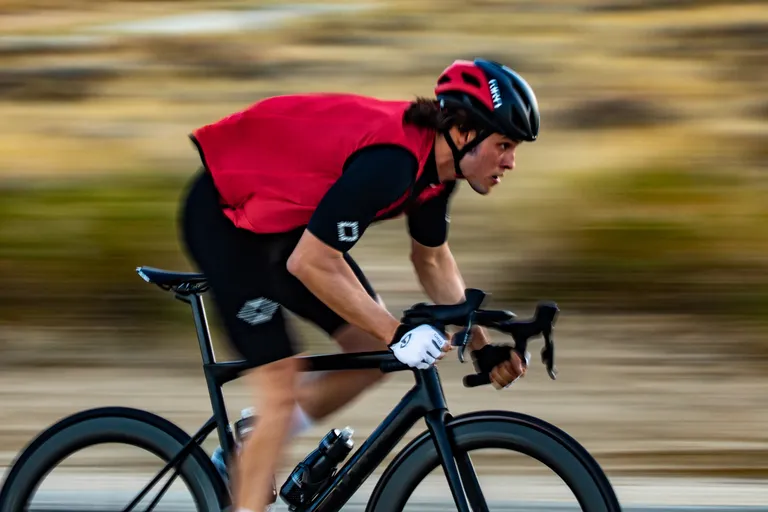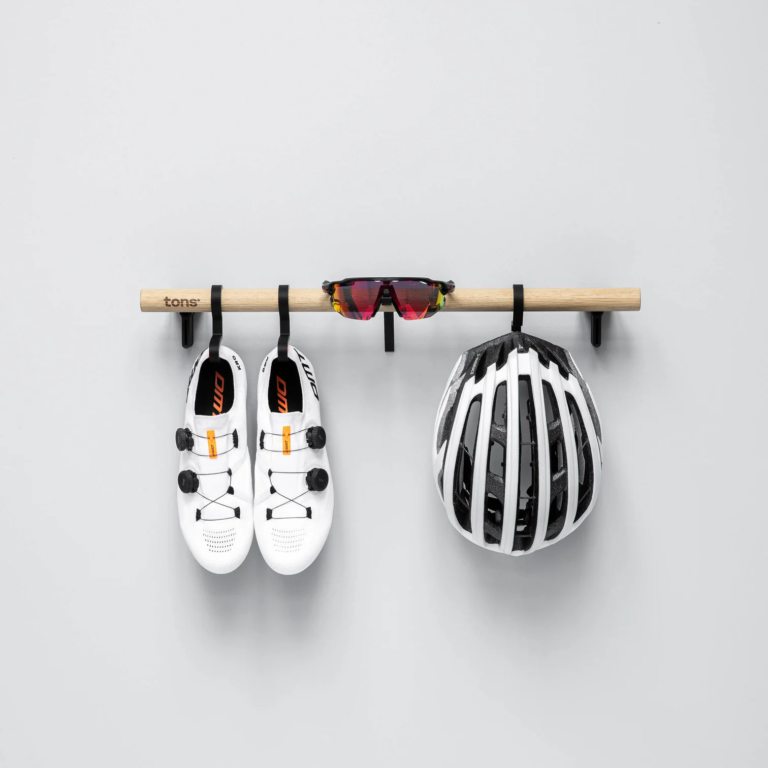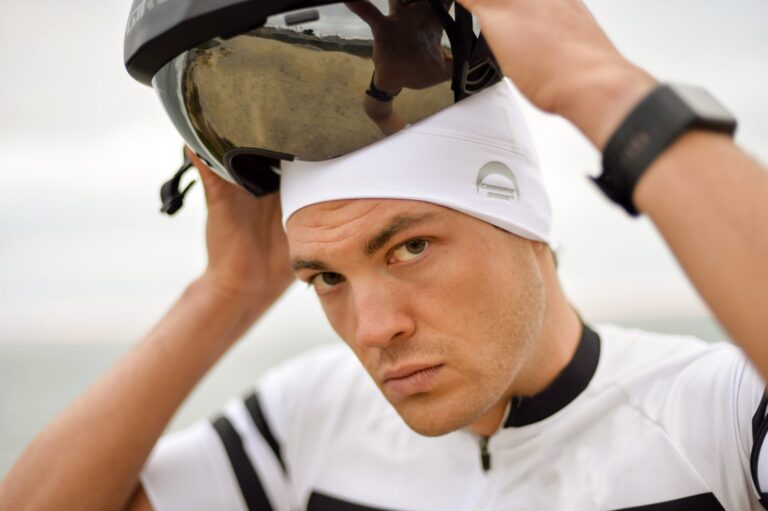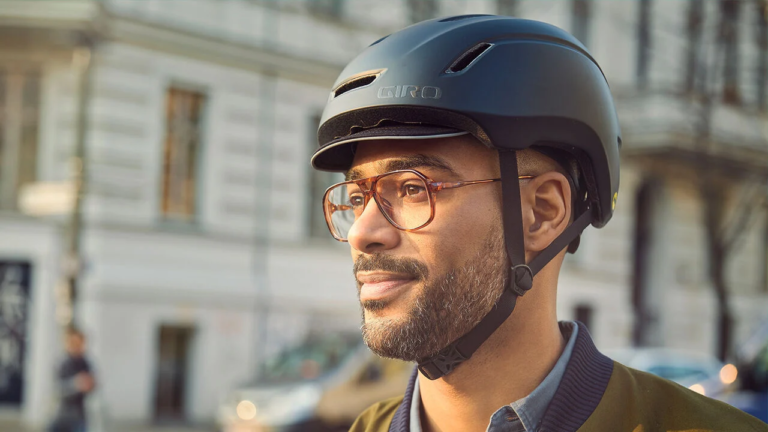Mastering the Race: A Cyclist’s Guide to Choosing the Perfect Road Bike Helmet for Racing
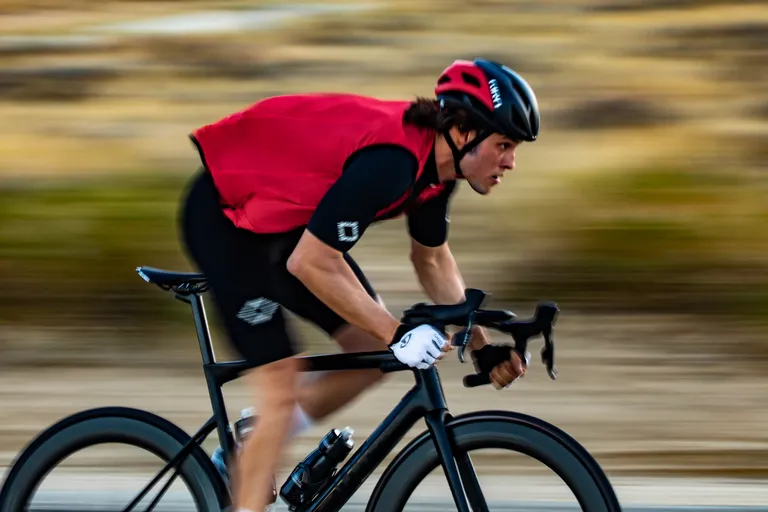
Key Point Summary of Road Bike Helmet for Racing:
- Importance of Fit and Comfort: A properly fitted helmet is crucial for safety and comfort during races.
- Aerodynamics and Weight: Racing helmets are designed for optimal aerodynamics and are lightweight to improve performance.
- Ventilation: Good ventilation is essential for comfort and temperature regulation.
- Safety Features: Look for helmets with advanced safety features like MIPS or WaveCel.
- Price vs. Performance: Balance your budget with the features and performance you need.
- Maintenance and Replacement: Regularly inspect and replace your helmet to ensure safety.
As a seasoned masters cyclist with a passion for everything from mountain biking to cyclocross, I’ve had my fair share of experiences with various types of cycling gear. One piece of equipment that holds paramount importance, regardless of the discipline, is the road bike helmet, especially when it comes to racing.
When I first dipped my toes into competitive cycling, I quickly realized that not all helmets are created equal. The racing road helmet is a breed of its own. It’s not just a protective gear; it’s a performance enhancer, a safety net, and in many cases, a style statement.

Fit and Comfort
The first thing I learned about racing helmets is the critical importance of fit. A helmet that’s too tight can cause headaches, while one that’s too loose can compromise safety. It’s like finding the perfect saddle – once you find the right fit, it disappears on your head. Remember, you’ll be wearing this helmet for hours during training and races, so comfort is key. Look for helmets with adjustable retention systems and ample padding.
Aerodynamics and Weight
In races, every second counts. That’s where aerodynamics comes into play. I’ve used helmets that slice through the air with ease, making a noticeable difference in speed, especially during time trials. The weight of the helmet is also crucial. A lightweight helmet reduces neck strain over long distances. It’s fascinating how shedding a few ounces off your headgear can improve overall comfort and endurance.
Ventilation
This is a big one. Ever ridden on a scorching summer day? Adequate ventilation in a helmet can be the difference between overheating and a comfortable ride. Good racing helmets strike a balance between aerodynamic efficiency and ventilation. Some of my best racing experiences were in helmets that kept my head cool while keeping the wind resistance at a minimum.
Safety Features
We can’t talk about helmets without touching on safety. Advanced features like MIPS (Multi-directional Impact Protection System) or WaveCel significantly enhance protection against rotational forces during a crash. I’ve taken a few spills in my time, and trust me, these technologies are more than just marketing gimmicks.
Price vs. Performance
Racing helmets can vary significantly in price. As a beginner or mid-level cyclist, you might wonder if a high-end helmet is worth the investment. From personal experience, higher-priced helmets often offer better aerodynamics, weight savings, and comfort features. However, it’s crucial to balance your budget with the features you need. There are plenty of mid-range helmets that offer excellent performance without breaking the bank.
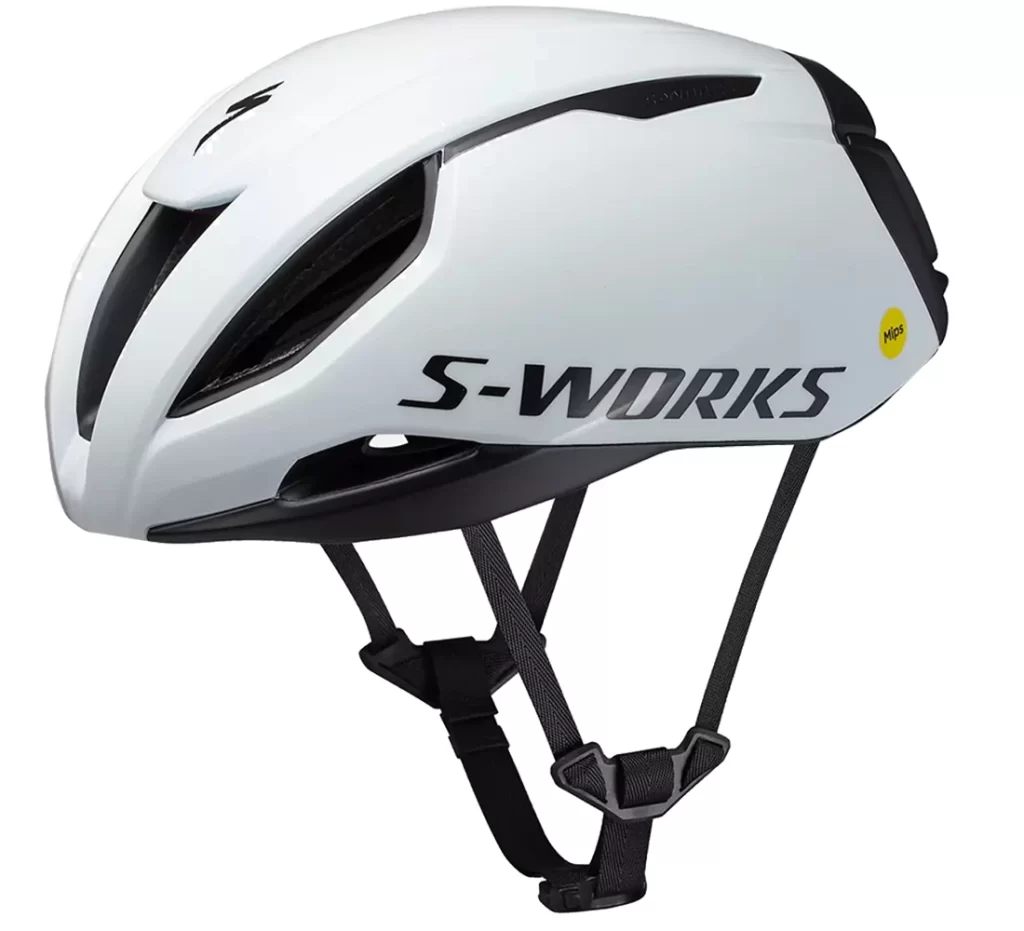
Maintenance and Replacement
A lesson I learned the hard way is the importance of helmet maintenance and timely replacement. Helmets are not ‘buy once, use forever’ items. Sweat, UV exposure, and general wear and tear degrade the helmet’s materials over time. And remember, after any crash where the helmet takes an impact, it’s time for a new one, even if there’s no visible damage.
In my racing journey, I’ve seen all sorts of helmets: from budget buys to top-of-the-line models. I’ve felt the difference a good helmet can make in both performance and safety. Whether it’s the extra confidence in a sprint finish or the peace of mind knowing I’m well-protected, the right racing road helmet is an indispensable part of my gear.
To all beginner and mid-level cyclists venturing into the racing world, my advice is to invest time and effort in choosing the right helmet. It’s not just a rule requirement; it’s a crucial component of your racing experience. And who knows, with the right helmet, you might just find those extra seconds you’ve been chasing.

Selecting the best road bike helmet for racing often depends on individual preferences, fit, and budget. Several helmets were widely recognized for their performance, safety, and comfort in the competitive cycling community. Here are some of the top choices:
- Specialized S-Works Evade: Known for its excellent aerodynamics and ventilation, this helmet is a popular choice among pro cyclists. It’s lightweight yet offers significant protection and comfort.
- Giro Aether MIPS: This helmet is renowned for its safety features, including the MIPS technology, which provides added protection against rotational forces in a crash. It also has a sleek design and good ventilation.
- POC Ventral Spin: POC is known for its focus on safety and the Ventral Spin is no exception. It includes their proprietary SPIN (Shearing Pad INside) technology and is designed to optimize airflow and reduce drag.
- Kask Protone: Balancing aerodynamics, breathability, and low weight, the Kask Protone is a favorite among road racers. Its sleek design and comfortable fit make it a top choice for long races.
- Lazer Z1: Known for its lightness and comfort, the Lazer Z1 also comes with an optional aeroshell for improved aerodynamics, making it versatile for different racing conditions.
- Oakley ARO5: Oakley’s entry into the helmet market includes the ARO5, a helmet that’s aerodynamic, comfortable, and has a distinctive look. It’s especially popular for its compatibility with Oakley sunglasses.
- Bontrager XXX WaveCel: Bontrager brings innovative WaveCel technology into the mix, which is claimed to be one of the most significant advancements in helmet impact protection.
- Met Manta: A helmet that’s been proven in the pro peloton for its aerodynamics and comfort. It’s also one of the lighter helmets on the market.
When choosing a helmet, it’s important to consider factors like fit, comfort, ventilation, weight, aerodynamics, and safety features. Additionally, helmets should be tried on for fit and comfort as individual head shapes can greatly influence the helmet’s effectiveness and comfort.
Happy and safe racing!
John
FAQ
What is the difference between a triathlon helmet and a road bike helmet?
The primary difference between a triathlon helmet and a road bike helmet lies in their design and purpose:
- Aerodynamics: Triathlon helmets are designed with a focus on aerodynamics to reduce drag. They often have a longer tail to smooth airflow over the back, which is effective in the steady, straight-line riding position common in time trials and triathlons.
- Ventilation: Road bike helmets prioritize ventilation to keep the rider cool during various riding conditions and positions. Triathlon helmets, while offering some ventilation, often have fewer and smaller vents to maintain their aerodynamic profile.
- Weight and Comfort: Road helmets are generally lighter and more comfortable for longer rides, with more emphasis on all-around performance including climbing and sprinting, where aerodynamics are less critical.
- Usage: Triathlon helmets are specifically designed for time-trial and triathlon races where the rider is in a consistent, aerodynamic position. Road bike helmets are designed for more versatile use, including group rides, climbs, and sprints.
Are road bike helmets different?
Yes, road bike helmets differ from other types of cycling helmets in design and features. They typically have a lightweight construction, ample ventilation for cooling, and an aerodynamic shape for efficiency during high-speed road cycling. They are optimized for performance and comfort over varied road cycling conditions.
What kind of helmet do you need for road cycling?
For road cycling, you need a helmet that is lightweight, well-ventilated, and aerodynamic. It should fit comfortably and securely and ideally have safety features like MIPS (Multi-directional Impact Protection System) for added protection against rotational forces during impacts.
